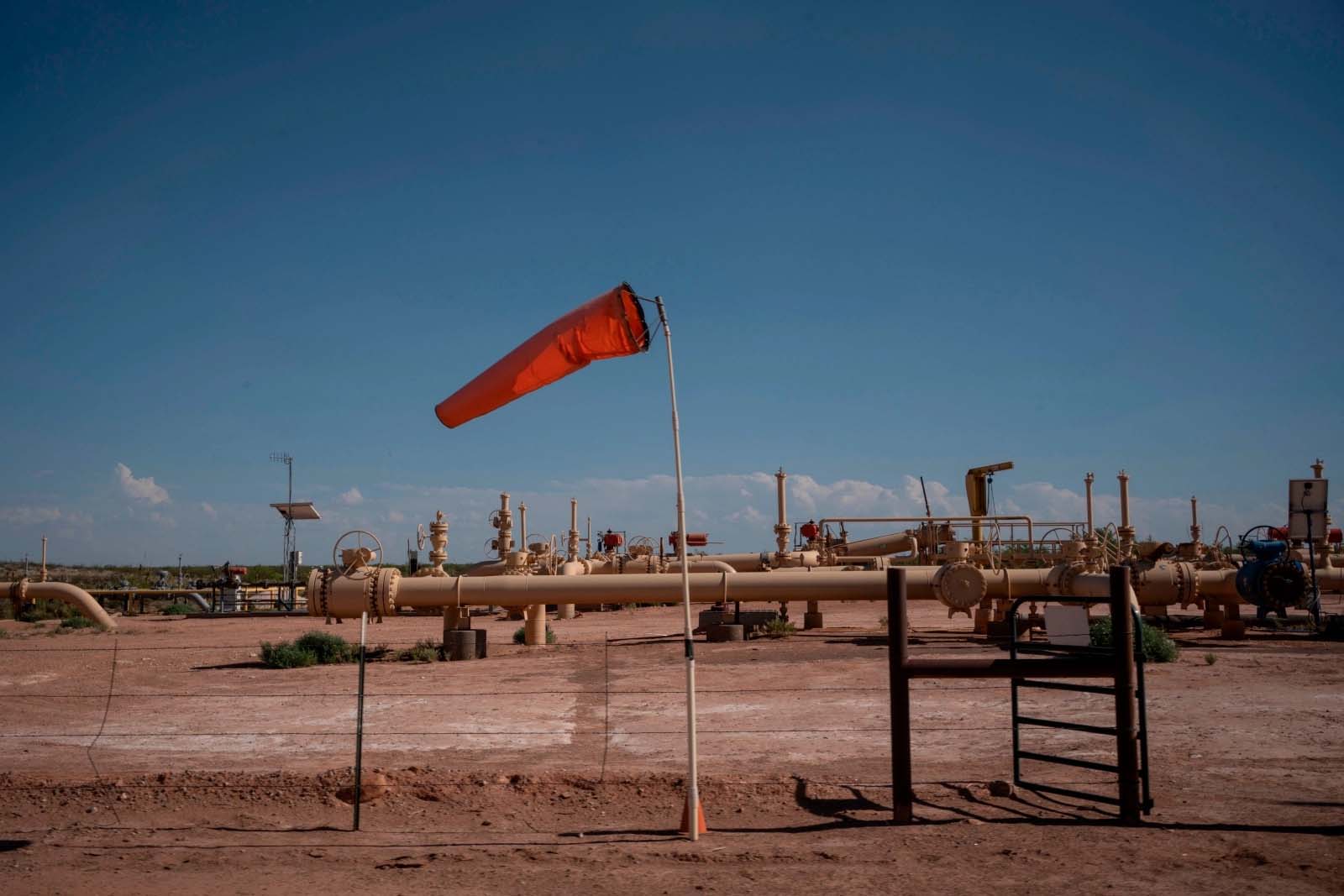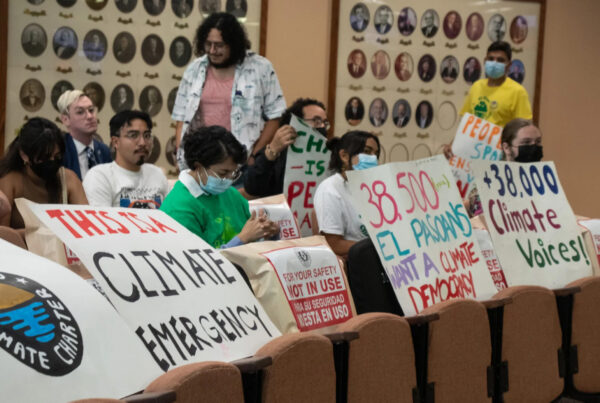This story was originally published by Grist. You can subscribe to its weekly newsletter here. This story is produced by Floodlight, a nonprofit news site that investigates climate issues. Sign up for Floodlight’s newsletter here.
At first, they were considered a miracle chemical: polyfluoroalkyl substances, developed by 3M in the 1930s, could keep scrambled eggs from sticking to a frying pan. They could make rainwater roll right off a jacket, and when added to fire fighting foams, put out major fires quickly.
But as their use grew, researchers started to link PFAS to a range of health problems, including birth defects, cancer, and other serious diseases. The chemical doesn’t break down, and can persist in water and soil, and even human blood, and has acquired the nickname “forever chemical.”
Despite scientific concern, PFAS are still used in everything from waterproof camping gear to fast food containers. And according to a new study, they are used even more in Texas.
A new report by the Physicians for Social Responsibility documents the wide use of PFAS in oil and gas drilling and calls on Texas to follow the lead of some other states in restricting use of the chemicals. The group criticized state regulations that allow energy companies to withhold information on the use of chemicals they deem to be proprietary.
Texas state Representative Penny Shaw Morales (D-Houston) filed a bill March 9 calling for an official, state-sponsored study on the use of PFAS in fracking and the potential public exposure through air and water, to determine whether the chemical should be restricted.
“PSR’s report highlighted shortcomings in disclosure standards and accountability, particularly up the chain regarding the manufacturing of chemical products that are used in fracking fluids,” Morales Shaw said in a written statement.
PFAS are used to reduce friction for drill bits as they move through the ground, said Barb Gottlieb, an author on the study.
Over the last decade in Texas, oil and gas companies have pumped at least 43,000 pounds of the toxic chemical into more than a thousand fracked oil and gas wells across the state, according to the study.
“What was distinctive about Texas was the staggering volume of PFAS reported in use,” Dusty Horwitt, another study author, says. “It’s far and above what we’ve found in other states.” That’s likely because of the scale of fracking in Texas compared to other states, he explained.
The report on Texas’ use of PFAS in wells follows similar analyses that Physicians for Social Responsibility has conducted on the use of the forever chemical in states like Ohio and Colorado, as well as nationally.
The studies analyzed publicly available data from FracFocus, a national registry that tracks the chemicals used in fracking. The database is managed by the Ground Water Protection Council, a nonprofit made up of state regulatory agencies. The data that PSR was able to analyze might not reveal the full extent of PFAS contamination in Texas, the authors say. FracFocus is composed of industry-reported data, and there are major exemptions in state and federal law that allow companies to withhold certain information by labeling it a trade secret.
The study found that 6.1 billion pounds of chemicals injected into Texas wells were listed as trade secrets, meaning that no one – public health researchers, local environmental regulators, and landowners who might be drinking contaminated water – knows what they’re being exposed to.
Industry trade groups, including the Texas Oil and Gas Association, and the Texas Chemistry Council, did not respond to requests seeking comment on the study’s findings.
Using PFAS in fracking presents several pathways to environmental contamination and human exposure, the study’s authors say. Fracking fluids are often injected into wastewater wells or stored in pits, which have a history of leaking and contaminating nearby ground and surface water which people rely on.
PFAS can also go airborne if the substance is pumped into a well and then that well is flared or vented, which is common in Texas. In some parts of Texas, like the Fort Worth region, homes, daycares, and businesses are located within a few hundred feet of flaring gas wells. Potentially, people could absorb PFAS through their lungs, and some small molecules could then pass on to the bloodstream, Gottlieb says. Little research has been done on the effects of airborne PFAS, she said.
Other states have started to ban the use of PFAS in oil wells altogether: Last summer, the Colorado legislature passed a law that will ban PFAS in a variety of uses, including in fracking, starting in 2024. The federal government is also looking to rein in and clean up PFAS in multiple uses.















